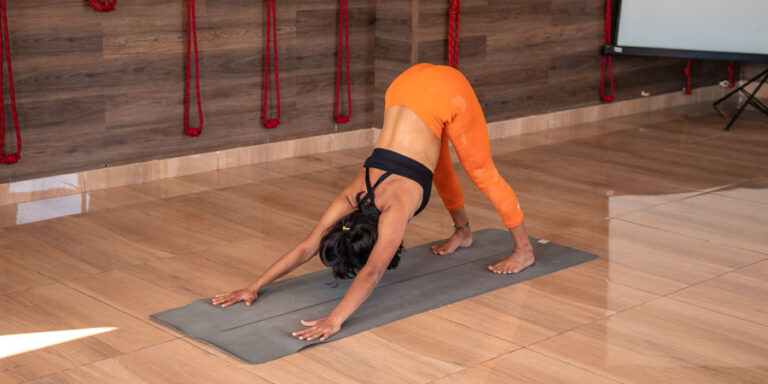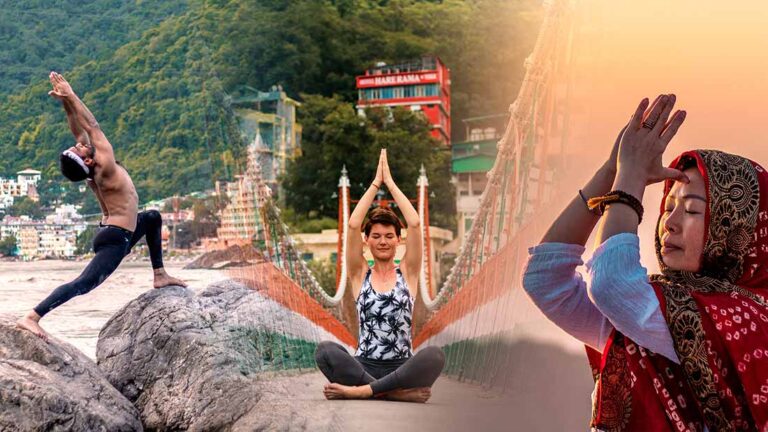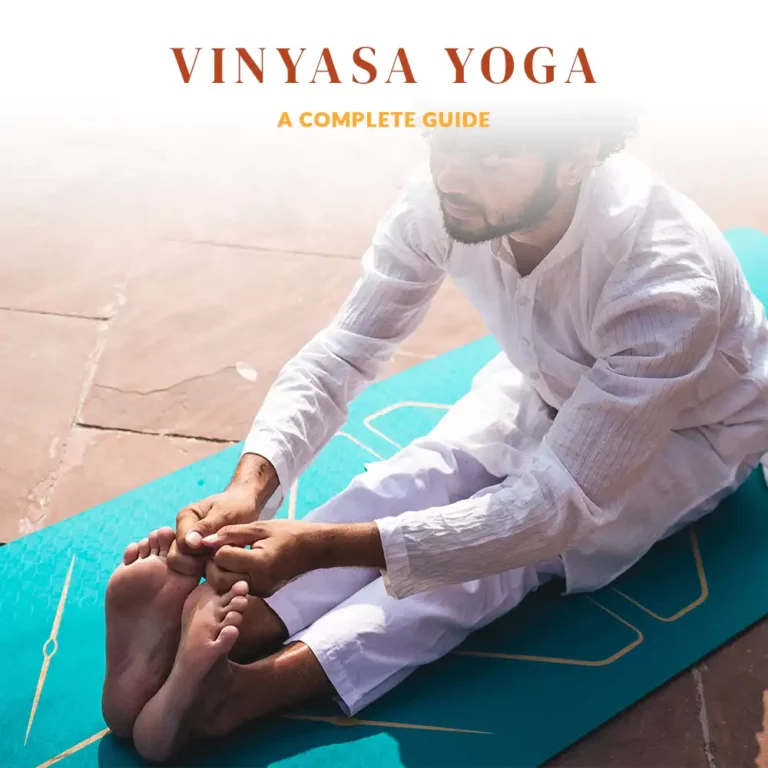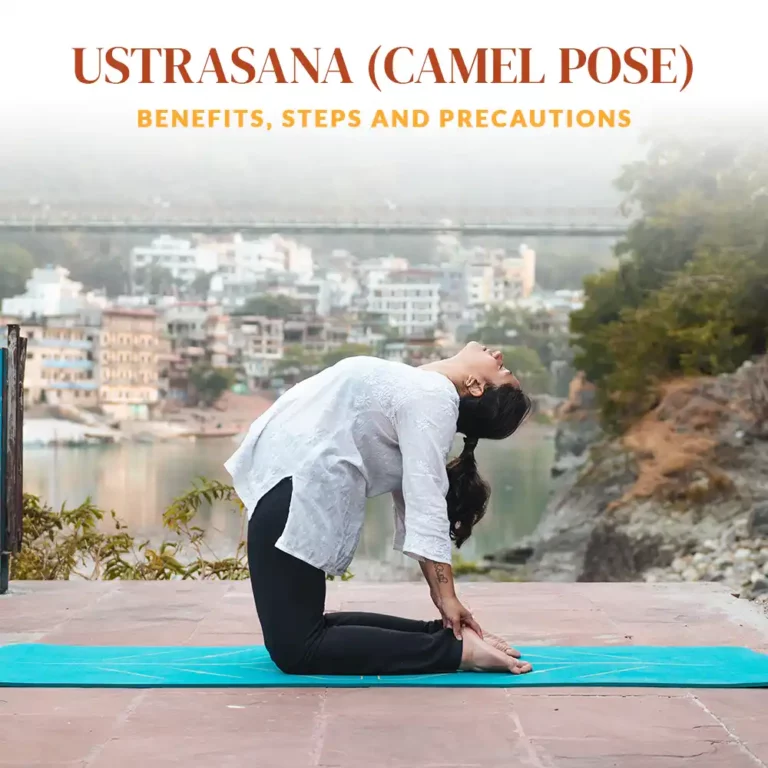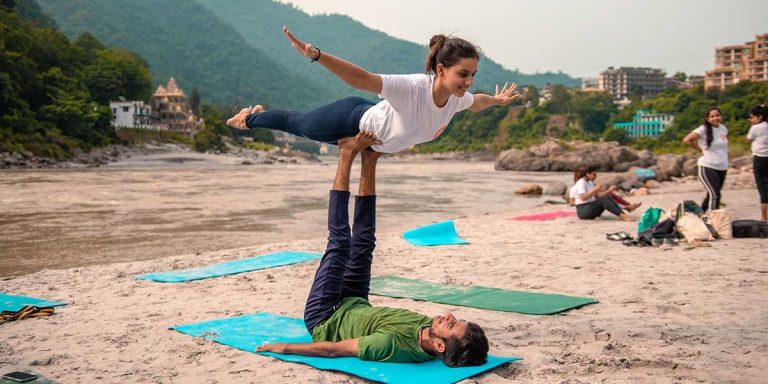5 things you need to know before doing Meditation by yourself. How guided Meditation is much more helpful.
In a distressed world where living a day-to-day life feels more like a task than a natural flow, then you know something is not alright. Have you ever wondered how your life is not supposed to feel like a chore but a gift to be devoured? Every day is a present, but we are occupied with dragging ourselves through a routine that we are not happy about, which makes us crabby by the end of the day. We relive the same day again and again but never wonder if we should do something to make our lives feel like a gift it is.
Yoga has proven to elevate the mind to a-state-of bliss through various techniques. Meditation is considered one of the most difficult yet powerful techniques of Yoga.
Why should you Meditate?
In this world where we have enough aspirants following a path of materialism, people have forgotten that it is not just the physical body that needs attention, but the mind also needs work. Do people argue that what work does our mind needs? The appropriate question is, who do you think makes your body move?
Our mind has 100% control over our bodies. When the brain asks us to move a muscle, we can move a muscle. When the brain asks us to lift a weight, we can lift weight. We wake up, walk, talk, and run, all because of neurotransmitters in our brains sending messages to our bodies. Without these transmitters, our functioning would become uncertain. This holds the power to move everything within us and around us.
Meditation as a practice focuses on the flow of breath. Breath is the energy within us that keeps our mental and physical bodies running. The flow of energy has restorative power if it’s combined with a strong force of the mind. How?
While practicing Meditation, GABA levels in our brain increase which in return decreases the level of anxiety. Serotonin is a hormone and chemical produced in our brain, and it’s responsible for our moods, sleep, digestion, wound healing, bone health, blood clotting, sexual desire, and more. This chemical makes you feel good about yourself and helps you boost your confidence, and deficiency of this chemical can lead to anxiety, fatigue, and depression.
A simple technique of mindful meditation can help to focus on our breath that flows within the body. It signals the brain to increase the level of serotonin, that results in a decreased level of anxiety. There have been several scientific studies on what goes inside our brains when a person is practicing meditation. Researchers all around the globe have tested and examined techniques of meditation to understand how this mental practice is so effective that a person is capable of having a longer life if they practice meditation every day. This is just one example of the benefits recorded from meditation.
Origin of Meditation
Meditation by definition is a practice that helps to pause a fluctuating mind. In yogic scriptures, there are 8 stages to achieving a yogic state of mind, according to Patanjali. He gave Ashtanga Yoga which is known as 8 limbs.
- Yama – Social Discipline
- Niyama – Moral Discipline
- Asana – Stillness in movement
- Pranayama – Expansion of Lifeforce
- Pratyahara – Sense of relinquishment
- Dharna – focus on one subject
- Dhyana – Meditation
- Samaadhi – Meditative osmosis
While pursuing a yogic lifestyle, it is important to understand all 8 stages as they are to-be conquered one after the other. One cannot move forward without achieving the latter. Hence if we talk about Meditation, this practice is divided into two stages.
First is when we are at the nascent stage of practicing meditation. To calm a fluctuating mind is a task on its own therefore prior to achieving Dhyana, we go through the stage of Dharna. Which means to focus or concentrate on one topic. A practice of meditation that focuses on the breath as-well-as a focused thought. Meditation is not when you sit to have no thoughts in your mind, it is to focus on one subject or topic and revert to that topic every time your mind wanders off.
This is the seventh stage of Ashtanga Limbs after Pratyahara. After achieving all the previous stages of Ashtanga yoga an individual can finally prepare him/herself for a deeper mental practice. This rigorous practice is the advanced stage of a student. There are 3 stages to being a student in Yogic scripture and language. First is the beginner’s stage, a level where we all are playing at, from the first stage of Yama to the third stage of Asana. Intermediate is the level where a student has surpassed the stage of Pratyahara, that would mean relinquishment of worldly pleasures. The advanced stage is where the practice of Dharna begins. That leads the student to the state of samadhi which is the ultimate state of being.
Dhyana comes from the language Sanskrit which means “Meditation”, Focus begins with a breathing pattern to observe your breath with every inhale and exhale. This method requires you to sit in one position with your spine straight and allow your mind to accept the thoughts which are flowing without feeling discomforted by them. Focus them on one subject and allow your mind to dance around that one subject.
Other cultures have embodied different styles of Meditation, like Buddhism with Vipassana. The style may be different, but the techniques are similar as in-the-end the focus is mindful breathing. Every practice of meditation has one end goal, to find that state of mindfulness from which one can attain samadhi.
5 things you need to know before practicing meditation on your own :
-
Listen to your body, understand what it needs from you
It may sound bizarre, but we often forget to listen to our bodies. We consume food that our mind craves, go for a run when the mind is feeling restless, and sleep at odd hours when we feel fatigued. All of these actions get registered in our bodies. Our physical body is the only thing that we need to take care of, because without it, will be paralyzed mentally too.
By listening to your body’s needs, you can open up the doors of possibilities and growth in your mind. For beginners, we cannot expect ourselves to sit in one position for a longer period to gain all the benefits of meditation. Our bodies have to start slow and steady. This is where you ask your body if sitting for one hour is what it wants, and if it is, then you work your mind to consistency to achieve that level of blissfulness.
-
Decide a goal within mind
The revelation post practices of meditation are not just emotional but life-altering. Have you ever heard of people crying out loud after practices of meditation or go in into a state of blankness after the practice? Those are the results of meditation practices done with an intention in their minds.
Before starting any practice of meditation it is important to dedicate an intention and keep it a positive one. After suffering through physical and mental grindings all day long when a person practices meditation, their mental body gets a chance to connect with their physical body. This allows the pain which is stored in the physical bodies releases itself and convert it back into emotion. This emotion gets a gateway to walk out from.
-
Choose your practice
In modern times people have been facing mental issues which are more focused and disruptive. As they say in the yogic world, ‘the better the knowledge, the graver the pain.’ when we understand all types of mental problems, our mind plays with us believing everything that goes around us. Hence it is extremely important to focus on a practice that helps you bring out the best in you without triggering your anxieties.
-
Keep consistency
When we go with the flow, we tend to bump into hurdles at moments, the path flows quickly and slows down like a river. But the beauty about a flow is that it is consistent which helps the river to keep on flowing. Without the turmoils, our life would be mundane. we do wake up every day and face the same fear again and again, because we are also flowing.
A similar concept needs to be grasped with practicing meditation that no matter how much your muscles ache, practicing daily will help you in the long run to improve your mental and physical health.
-
Learn before your practice
With the technology boom, we have gotten into the habit of searching for every tiny answer and doubt which occurs in our minds. But the back side of this technology is we are willing to learn and adapt to anything easily, if we see it on a digital platform. We get influenced easily by the media and entertainers.
Any practice of meditation should be learned under proper guidance before attempting it on one’s own. Our mind and breath are connected at such a level that tempering it with half the knowledge acquired from the internet can cause issues in the long run.
How is guided meditation helpful :
As mentioned earlier, meditation practices without information or knowledge on the subject can trigger a mind who isn’t prepared for it. To begin with, practicing breathwork and concentration with a guide can help your mind develop a memory that can sustain longer without retaliation.
Slow and steady flow can help a mind to build-up muscle memories to not just sit in one position for longer period but to gain mental wavelength to accept a change. With the kind of anxiety that we instill within us due to our work patterns, in the earlier stages of Meditation our mind wanders off easily, and this is where 90% of people give up on the practice of Meditation.
It is one of the major reasons for people to start their meditation practices under a guru or guidance. If there is a voice in the background, instructing and guiding you through the steps of meditation then the chances of a mind wandering off reduces. The mind gets interrupted in its flow of overthinking and anxiety. Interactions are useful when we do not wish to wander off and stick to the path that we desire to walk upon.
Another reason for going through a guided meditation is that in the beginning, we might know when to get in, but we might not know when to get out. For some people, the practice of meditation can begin easily, but they might not know how to pull themselves out of the state of awareness. In the yogic world, it is said that any activity needs a proper beginning, middle, and end. Without these three the process of any physical or mental activity is incomplete. This includes all the yogic practices like Asana, Pranayama, Shatkarmas, and Meditation.
With guided steps into a meditation practice, one can learn how to sustain in that state of mind for a longer period and can retrieve themselves from the state of awareness in a manner that does not disturb the whole practice. After learning the nitty-gritty of the practice, a person can move on towards self-practice of Meditation. With the world changing, people have come up with various techniques of Meditation that are not mentioned in our scriptures but have been acquired over age. Change is something that we all need to accept and adapt, so a person should practice what resonates with them. If dancing is meditation then there are proper techniques for such a meditation in recent age with Osho’s guidance, and one should practice it if that brings out the emotions which are blocked somewhere within the body. In the end, trying a hand at meditation can unveil a lot of unresolved issues and traumas.
Get in Touch:
Address: Agni Yoga India, Balak Nath Temple Street , Upper Tapovan, Rishikesh, Uttarakhand 249192
Email: agniyogaofficial@gmail.com
Phone: +91 7017 317171 , +91 7017 468303
Website: https://agniyogaindia.com/
Yoga Teacher Training in Rishikesh | Yoga School in Rishikesh | 200 Hour Yoga Teacher Training in Rishikesh
Related Posts:
- Yoga Poses for Weight Loss: The Top 10 Advantages
- Yoga for Diabetes. How Stress Causes Diabetes.
- 5 Yoga Poses that give you relief from back pain
- 10 Benefits of daily yoga practice
- Why choose yoga as a career?
- Yoga Teacher Training vs Yoga Retreat. What should you choose?
- Methods to boost Endurance during Aerobic and Anaerobic Exercises.
- Yoga Teacher Training in Rishikesh India
- Why Join Agni Yoga India for Yoga Teacher Training in Rishikesh India?
- 500 Hour Yoga TTC in Rishikesh
- How to Dress Correctly for a Great Yoga Session? A Beginners Yoga Outfit Guide
- 15 Standing Yoga Poses That Will Build Full-Body Strength & Balance
- What is Ashtanga Yoga and Its Primary Series, Intermediate Series and Advanced Series?
- What is philosophy?
- What is Pranayama and Its Benefits? Types and Techniques for Beginners
- Yoga Retreat in Rishikesh
- Yoga Teacher Training Rishikesh India
- 7 Best tips to start Meditation
- How Yoga can help to lose weight? 5 Best yoga asana to do every day at home
- 5 Reasons Why You Should Learn Yoga in India
- 10 Reasons Why You Should Do Yoga Teachers Training in Rishikesh
- 5 things you need to know before doing Meditation by yourself. How guided Meditation is much more helpful.


